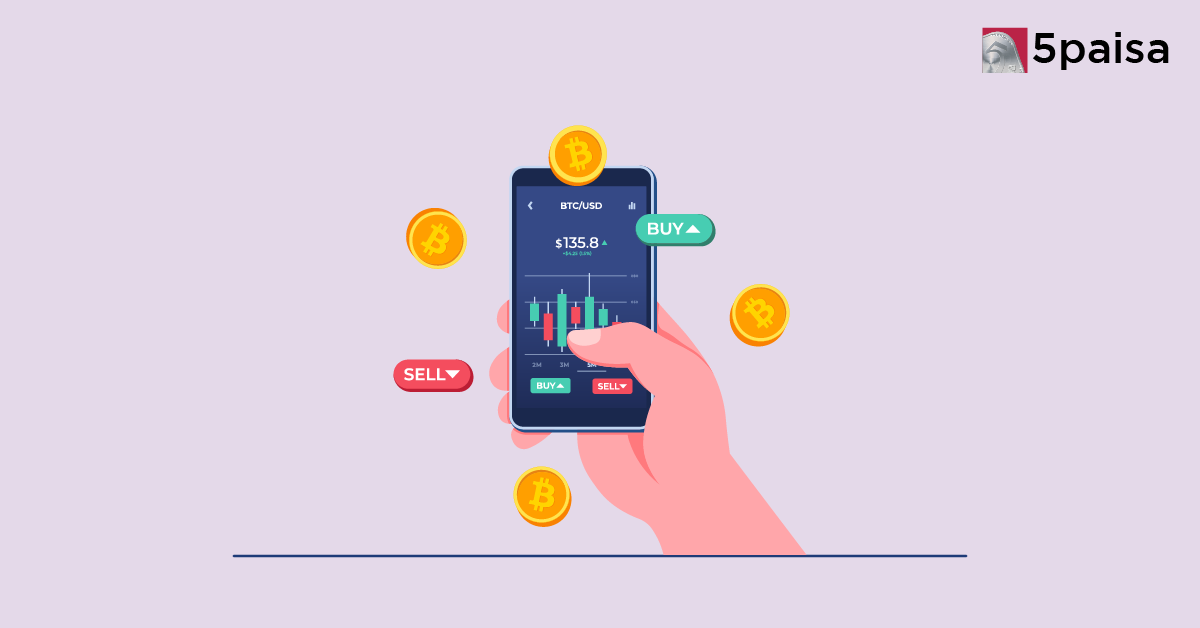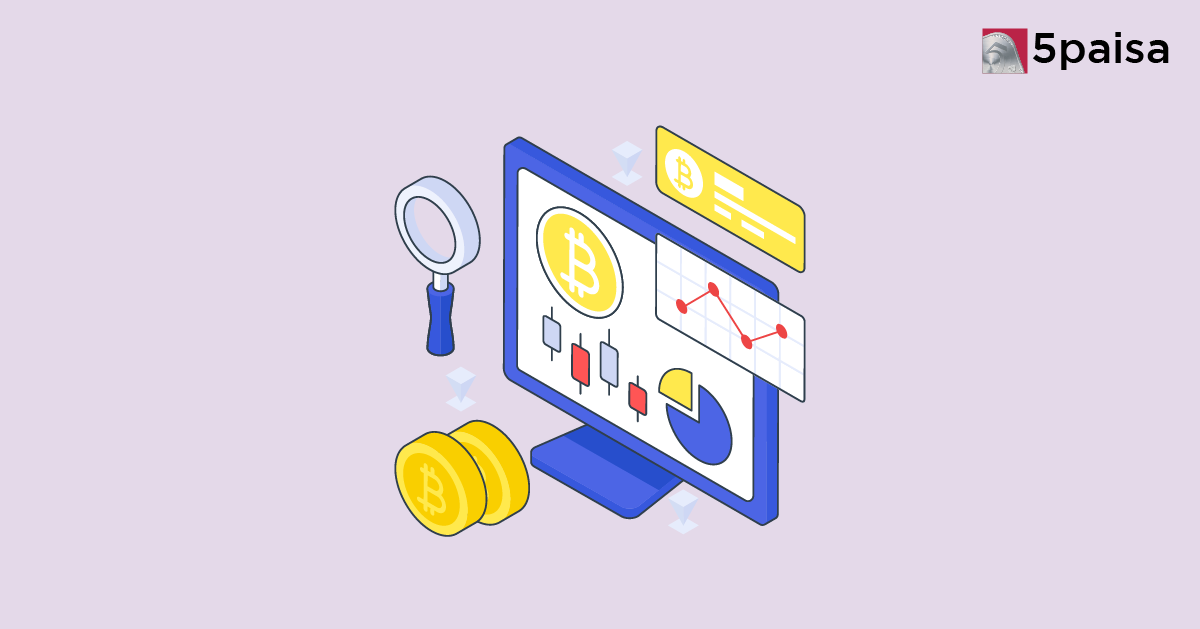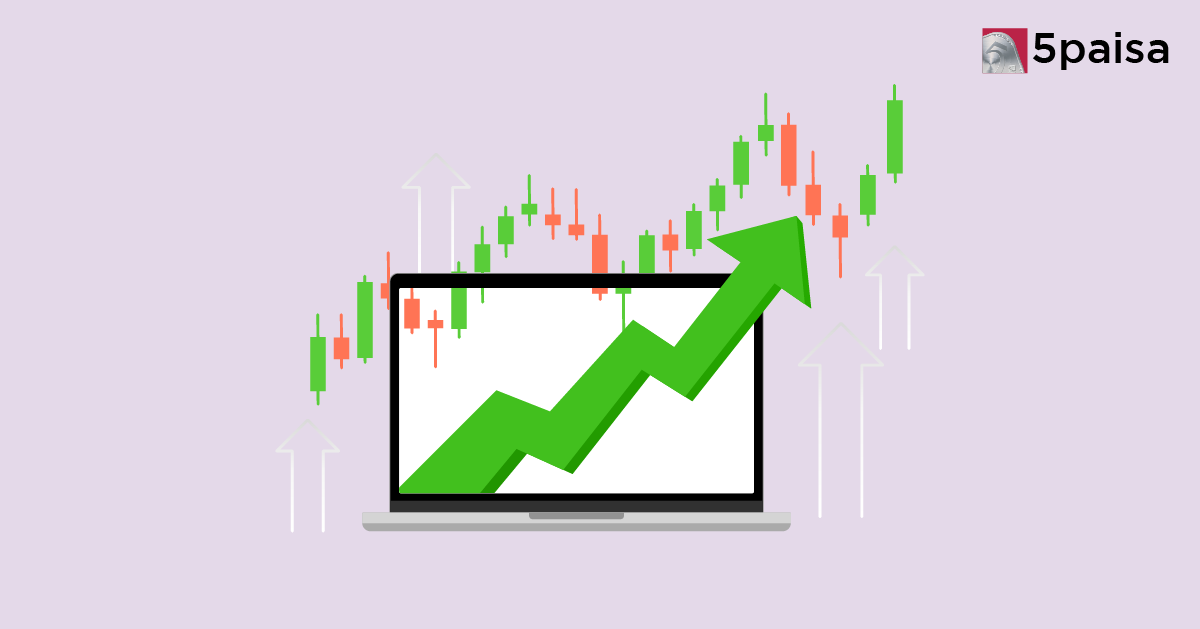Crypto Trading Strategy Basics: How Traders Interpret Digital Asset Movements
How to Use Open Interest to Identify Market Trends

Last Updated: 28th November 2025 - 04:55 pm
Open interest is the number of options or futures contracts that are not closed. In simple words it is the number of outstanding contracts. It only applies to futures and options contract.
Let’s try to understand the concept of open interest with the help of hypothetical example
| Buyer | Seller | Change in Open Interest | Net Open Interest (OI) |
|---|---|---|---|
| Mr. A buys 5 contracts | Mr. B sells 5 contracts | +5 | 5 |
| Mr. C buys 5 contracts | Mr. D sells 5 contracts | +5 | 10 |
| Mr. D buys 5 contracts | Mr. A sells 5 contracts | -5 | 5 |
| Mr. B buys 5 contracts | Mr. E sells 5 contracts | 0 | 5 |
A new futures and options contract is open for trading. Mr. A buys 5 futures contracts but for this transaction to happen someone has to sell the futures contract to Mr. A. Therefore, for every buyer there is an opposite and equal seller in the market. So here, let’s assume, Mr. B who is a fresh seller, sold 5 futures to Mr. A and open interest increased from 0 to 5, since both the parties are holding fresh new positions.
Now, another fresh buyer, Mr. C decides to buy 5 futures contract and subsequently another trader Mr. D, who is also a fresh seller, has to sell that future contract, therefore, open interest is now at 10.
If Mr. A decides to liquidate his position and he goes to market place and sells his future contract, similarly Mr. D decides to buy back his short futures. Open interest will reduce to 5 as a result of existing traders Mr. A and Mr. D liquidating their existing positions. In another scenario, if Mr. B decides to buy back his short position from market, where Mr. E, who is a fresh new seller, wants to sell, then in this case, the net open interest will remain the same at 5.
Just to summarize, if one new buyer and one new seller are initiating a new position, open interest will increase by one contract. If one old buyer and one old seller, (both traders) are closing an existing position, open interest will decline by one contract. If one old buyer sells to one new buyer then the open interest will not change. In final scenario, the old seller is buys from a fresh seller, then also the open interest will remain unchanged.
Price and Open Interest general rule:
| SPOT PRICE | OPEN INTEREST | MARKET OUTLOOK |
|---|---|---|
| Increase | Increase | Long build up |
| Decrease | Decrease | Long liquidation |
| Increase | Decrease | Short covering |
| Decrease | Increase | Short build up |
There is a very high co-relation between open interest and price. It helps to interpret the market trend effectively. Increase of price with an increase of open interest is considered as new buyer coming into the market, which is a bullish sign. Now, if the price is falling and open interest is also declining, it indicates position holders are forced to liquidate their long positions. If the price is rising with declining open interest, it shows that short sellers are covering their position.
Lastly, if the price is going down and open interest is going up, it shows aggressive short build up. This scenario will give confirmation of the continuation of further downtrend or weakness in the market.
However, these are general rules. A close look at the open interest and price movement with high degree of involvement is required to analyse, understand and confirm the trend.
- Flat ₹20 Brokerage
- Next-gen Trading
- Advanced Charting
- Actionable Ideas
Trending on 5paisa
Fundamental & Technical Analysis Related Articles
Disclaimer: Investment in securities market are subject to market risks, read all the related documents carefully before investing. For detailed disclaimer please Click here.

 5paisa Capital Ltd
5paisa Capital Ltd
 5paisa Capital Ltd
5paisa Capital Ltd



